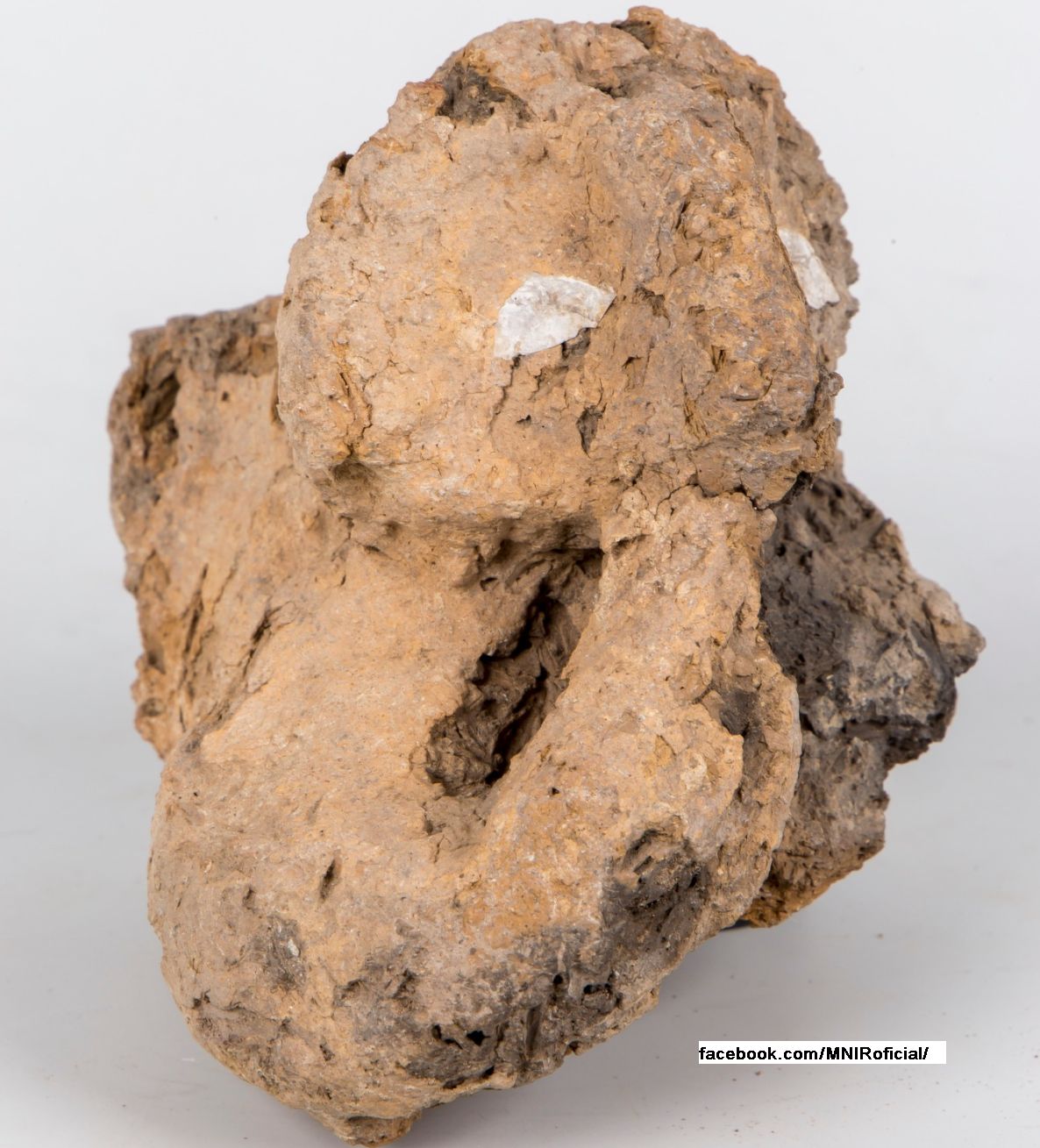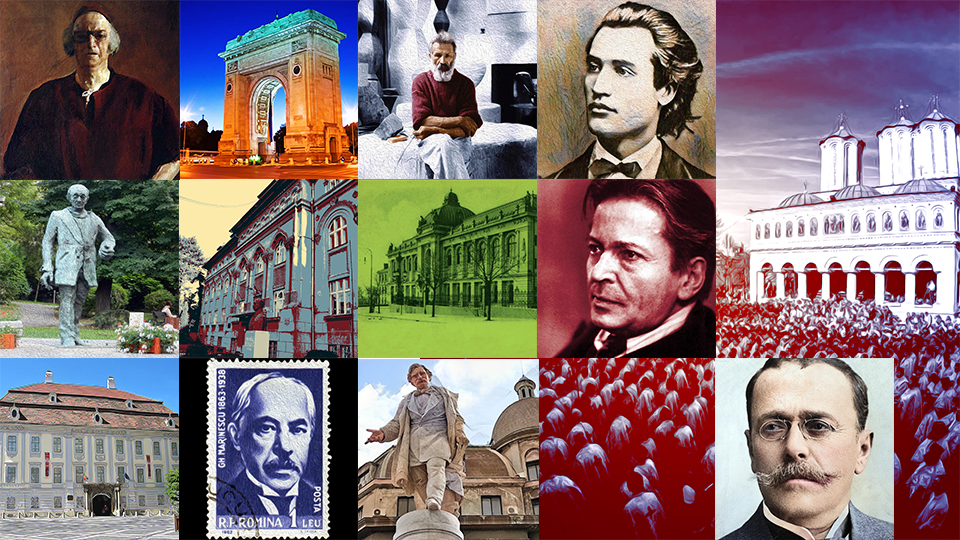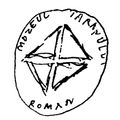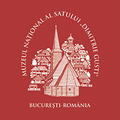Romanian exile and anti-communist espionage
Recently, historian Lucian Vasile discovered and recreated the adventures of Romanians in exile who, in the early 1950s, undertook espionage actions against the communist regime

România Internațional, 01.01.2023, 14:00
Meticulously researched and studied, the archives of communism continue to reveal dramatic life stories and surprising information that complete the history of this dictatorship. Recently, historian Lucian Vasile discovered and recreated the adventures of Romanians in exile who, in the early 1950s, undertook espionage actions against the communist regime. These actions were organized, for the most part, by a structure called the Intelligence Service of the Romanian Military in Exile (ISRME) and aimed at attracting collaborators to spy on the communist institutions from within and to collect data that, in the context of the Cold War, could have benefited Western organizations in the event of the destabilization of the Bucharest regime. What plans they had, what they managed to do concretely and how they were caught, in the end, we all learn from the book Spies War. The secret actions of the Romanian exile at the beginning of communism written by Lucian Vasile, who told us about his book:
Those in exile organized themselves at the proposal of the French secret services, and there was a big argument there, because the French would have wanted the Romanian service to be a pocket structure of theirs, while the Romanians in the diaspora wanted to be independent, to be equal partners to the French. And they succeeded at least from 1950 to 1952. In 1951, the American secret services were already appearing, working with the French to form an information pole that would represent the West, and also collaborating with the Romanian services related to the conventional organization of exile, i.e. by the Romanian National Committee, even going as far as King Mihai, who was aware of this service and had even appointed the official head of the structure, General Dumitru Puiu Petrescu. But there were, of course, other structures, either people acting on their own, or some more organized ones from the Legionary Movement who wanted to get out of political ostracism and legitimize themselves by collaborating with the American services. In fact, they were also the most involved in all these very direct actions of parachuting into Romania, of sending some secret agents who should have done something, although even for them it was not very clear what.
For their part, the communist authorities – with the help of the USSR – knew how to counter the actions of spies in exile as effectively as possible. Bucharest’s counterintelligence was – and I’m sorry to say it – it was one step, if not two, ahead of every operation carried out from exile. It was really a battle between David and Goliath, says historian Lucian Vasile:
The spies we know about are actually spies who have been captured. There were certainly some informative wins too, but we don’t know about them. Perhaps only in Western archives can we find information about these achievements. In contrast, those who were captured by the communist counterintelligence did not do much harm. The few people who formed the Romanian military intelligence service in exile tried but failed to send essential information. In other ways, however, they managed to obtain information about the airports and the Soviet military equipment existing in the country, about the troop movements in the East, about the fortifications on the Black Sea. There were some successes. But how useful were they? Hard to say. I would say that rather they would have been useful in case the third World War had broken out, so expected by many Romanians in the late 1940s and early 1950s.
Within ISRME, the brains of the operations was the aviation commander Mihail (Mișu) Opran, the head of the counterintelligence office and the de facto leader of the secret service. One of the double agents with whom he worked was Mihail Țantu, in his turn an aviation officer, a member of the first paratrooper company of the Romanian army during the Second World War, a political prisoner at the beginning of communism, the hero of an escape from prison too unusual not to be seen as suspicious. He fled the country and ended up working within SIMRE, which, by the way, actually sent him back to Romania. Historian Lucian Vasile tells how some of the actions coordinated by Opran and put into practice by people like Țantu were carried out.
Some actions were carried out by agents and through parachuting, others were done by recruiting someone who went from Bucharest to Paris and then came back with the informational material by which they were supposed to recruit agents and then send information to the West. The capture was done differently with respect to the paratroopers. In the early 1950s, almost all of them were captured. In 1953, a trial was staged for them, called the trial of the paratroopers. It had been an independent project of the American services, but the Communists staged a big trial, which remained somewhat mentioned in historiography. The mercenaries, at least, were caught by accident. At one point they were surprised by a little girl on the field, one of the teams, and there they had a choice. Should we kill her or not? And they chose not to kill her. It snowballed from there, because the little girl discovered the weapons and alerted the authorities. The authorities figured out that someone had been parachuted in, so it must have been someone from there. Let’s see who’s from this area and missing from home. Little by little they, they managed to capture one of them who confessed everything in the investigations. And from there it was just a hunt, a spy hunt.
Although without notable successes, the espionage actions organized by the Romanian exile in the early 1950s were marked by a certain effervescence that diminished after the removal of Mihail Opran from the SIMRE leadership. (MI)





























